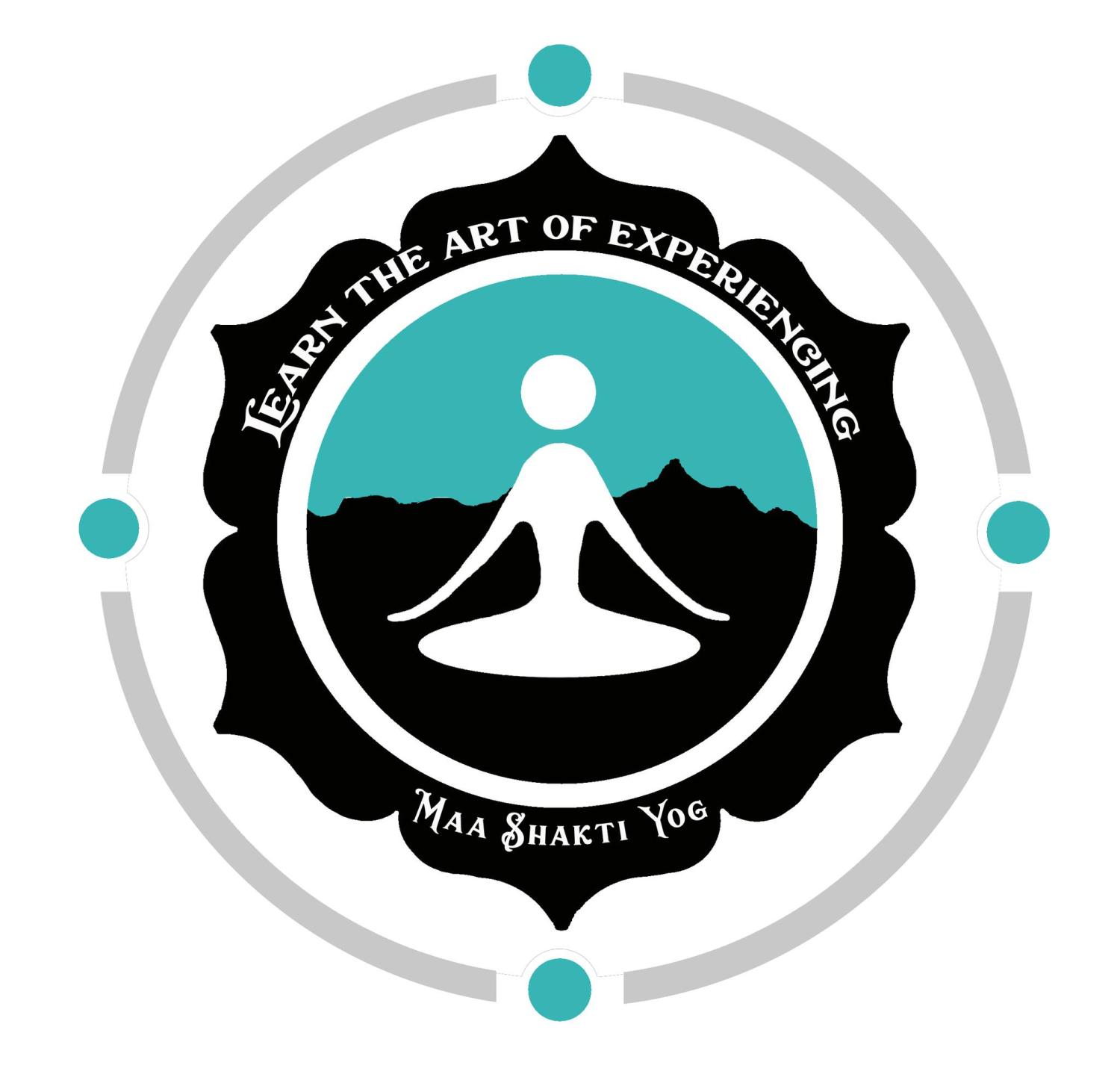Bali isn’t just another yoga destination, it’s the kind of place where the rhythm of life slows down, where nature feels alive, and where transformation doesn’t just happen on the mat. The island has quietly become one of the world’s most sought-after places for yoga teacher training (YTT), attracting students, travelers, and spiritual seekers from every corner of the world.
If you’re considering taking your yoga journey to the next level, this guide will walk you through what really happens inside the Best Yoga Teacher Training Bali, what to expect, how it feels, and why so many people call it a life-changing experience.
The setting: Why Bali?
Yoga teacher training is not just about learning asanas. It’s about going deeper into yourself. And Bali, with its lush jungles, sacred temples, and serene beaches, sets the perfect backdrop for that kind of introspection.
Ubud, Canggu, and Uluwatu are some of the most popular areas for YTTs. Each has its own personality:
- Ubud offers a spiritual, earthy environment surrounded by rice fields and temples.
- Canggu blends yoga with a modern coastal vibe, filled with cafes, surf culture, and open-minded people.
- Uluwatu is all about cliffs, sunsets, and calm energy.
Regardless of where you go, Bali’s energy has a way of grounding you. It allows students to disconnect from distractions and reconnect with themselves.
What the Training Really Looks Like
A typical 200-hour yoga teacher training in Bali runs between three to four weeks. Days start early, usually around 6 AM, with meditation or pranayama (breathing practice). From there, the schedule moves through physical practice, philosophy, teaching methodology, and anatomy.
Here’s a general idea of what a day might look like:
- 6:00 AM – Morning meditation and pranayama
- 7:30 AM – Asana practice (Vinyasa, Hatha, or Ashtanga)
- 9:00 AM – Breakfast and rest
- 10:00 AM – Anatomy or yoga philosophy class
- 1:00 PM – Lunch break
- 3:00 PM – Teaching methodology or alignment workshop
- 5:00 PM – Restorative or Yin yoga practice
- 7:00 PM – Dinner, journaling, reflection
The structure is intense but rewarding. By the end, you’re not just physically stronger—you’ve trained your mind to stay steady, calm, and focused.
Styles and Lineages You’ll Encounter
Different yoga schools in Bali offers different traditions. The main ones you’ll come across are:
- Hatha Yoga: A foundation style focusing on balance between strength and flexibility.
- Vinyasa Yoga: Flow-based sequences that connect breath with movement.
- Ashtanga Yoga: Structured, disciplined, and ideal for those who appreciate routine.
- Yin Yoga: Slow, meditative practice that targets deep connective tissues.
- Restorative Yoga: Healing, gentle, and focused on recovery and mindfulness.
Some programs combine multiple styles, allowing you to experience the best of each. This blend helps you find your personal teaching voice rather than following one strict lineage.
Beyond the Asanas: What You’ll Learn
While mastering poses is part of the journey, teacher training is about much more than physical practice. You’ll explore:
- Yoga Philosophy: Rooted in the Yoga Sutras of Patanjali and the Bhagavad Gita, these sessions dive into the ancient roots of yoga and how they apply to modern life.
- Anatomy and Physiology: Understanding how the body moves, breathes, and aligns helps prevent injury and improves your teaching precision.
- Teaching Methodology: You’ll practice giving verbal cues, adjusting students, sequencing classes, and holding space for others.
- Meditation and Pranayama: These practices strengthen focus, calm the mind, and build awareness, core skills for any teacher.
- Ayurveda and Lifestyle: Some programs integrate Ayurveda, nutrition, and mindfulness for a holistic understanding of well-being.
It’s not unusual for students to experience emotional breakthroughs during training. The mix of self-reflection, long practice hours, and a supportive community often leads to deep personal growth.
The Teachers: More Than Instructors
What makes Bali’s yoga schools special is the quality of their teachers. Most instructors are not just certified professionals but dedicated practitioners who have lived the yogic path for years. They bring authenticity, wisdom, and compassion into every class.
Expect teachers who blend traditional Indian teachings with modern insight. Many have studied across the world, in India, Thailand, or Europe, and bring that global understanding to their training.
The Community: Connection Beyond Borders
Perhaps one of the most beautiful parts of yoga teacher training in Bali is the community you build. You’ll meet people from all over, some on a break from corporate life, some traveling solo, others looking for clarity or healing.
Living, practicing, and sharing meals together creates strong bonds. You’ll support each other through physical exhaustion, emotional release, and moments of realization. By the end, it often feels like leaving family.
The Food and Accommodation
Most YTT centers in Bali are designed for balance, simple, clean, and surrounded by nature. Rooms are often minimal but comfortable, with open spaces for meditation and communal dining areas.
Meals are typically vegetarian or vegan, focusing on whole, nourishing ingredients: fresh fruits, smoothie bowls, vegetables, and herbal teas. This clean diet complements the physical and spiritual work you’ll be doing daily.
Certification and What Comes After
After completing your 200-hour YTT, you’ll receive a certification accredited by Yoga Alliance, the international body that standardizes yoga education. This certification allows you to teach yoga anywhere in the world.
But beyond the qualification, most graduates describe a shift in how they view themselves and others. You gain more than teaching skills, you develop patience, empathy, and a deeper sense of purpose.
Many go on to teach professionally, while others use the experience to deepen their personal practice or explore holistic careers like wellness coaching, retreats, or therapy.
Tips for Choosing the Right Program
Not all yoga schools are created equal. Here’s what to consider before enrolling:
- Accreditation: Make sure the school is Yoga Alliance certified.
- Teacher Experience: Read about the lead trainers and their background.
- Class Size: Smaller groups often mean more personal guidance.
- Curriculum: Look for balance between practice, theory, and teaching.
- Environment: Pick a location that resonates with your energy, beach, jungle, or mountains.
- Reviews and Testimonials: Honest student feedback speaks volumes.
A Glimpse into Maa Shakti Yog Bali
Among the many well-regarded programs, Maa Shakti Yog Bali stands out for blending traditional yoga roots with a warm, community-driven atmosphere. Their approach emphasizes authenticity, self-awareness, and alignment, both physical and emotional. Students often describe their experience there as deeply personal rather than commercial, which reflects the true essence of yoga.
The Real Takeaway
When people say a yoga teacher training in Bali changes your life, they’re not exaggerating. It’s a journey that challenges your body, quiets your mind, and softens your heart. You’ll face moments of doubt, fatigue, and emotion, but you’ll also experience clarity, strength, and peace.
By the end of the training, most students realize they came to learn yoga but leave understanding themselves. And that’s what makes the experience truly unforgettable.
Final Thought
Whether you plan to teach or simply want to deepen your practice, a yoga teacher training in Bali is an invitation, to slow down, to connect, and to evolve. The island’s spirit, the community you meet, and the inner journey you take will stay with you long after you roll up your mat and fly home.


